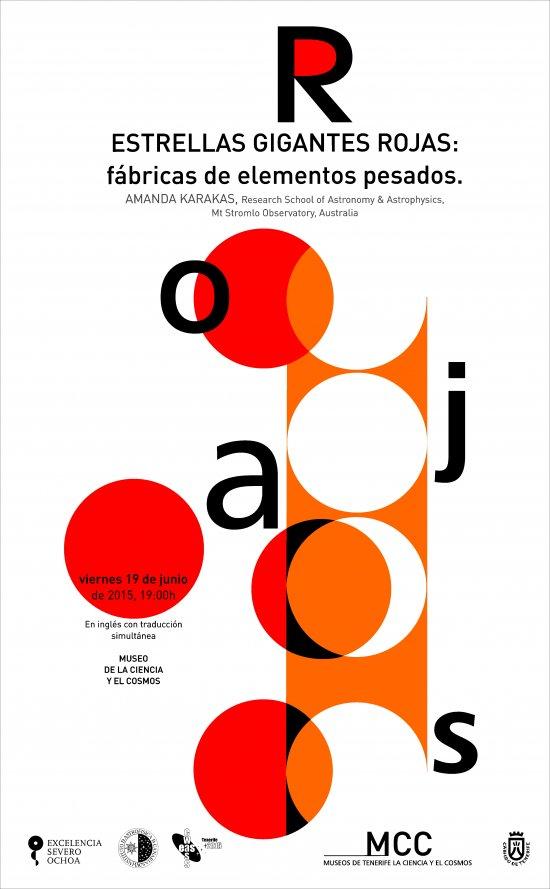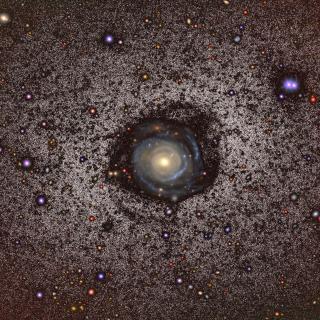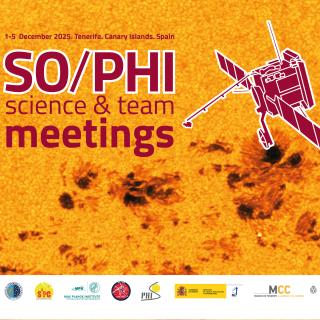As a complement to EWASS 2015, the largest annual meeting of astronomers in Europe, which begins next Monday, the Museum of Science and the Cosmos, of Museums of Tenerife, has programmed a series of outreach lectures given by outstanding astronomers who will be attending the meeting. The first of these is titled “Red Giant Stars: Factories of heavy elements” and will be given in English (with simultaneous translation) by the Australian astrophysicist Amanda Karakas, tomorrow, Friday, June 19th at 19.00h in the Museum.
This, the latest edition of EWASS (European Week of Astronomy and Space Science) coordinated locally by the Institute of Astrophysics of the Canaries (IAC) will be celebrated on the Guajara Campus of the University of La Laguna (ULL) in Tenerife from 22nd to 26th of June, and will be attended by some one thousand two hundred professional astronomers from over 50 countries.
EWASS 2015 will contain a number of plenary lectures, and around forty parallel symposia in which scientists from all over Europe will share the latest advances in a wide range of Astronomical and Astrophysical specialities. There will also be time to debate the scientific politics of the continent in the field of Astronomy and to give recognition by means of a number of prizes, to both long-serving professional astronomers, and to some of the best young researchers in Europe.
The conference is organized by the European Astronomical Society (EAS) in collaboration with the Spanish Astronomical Society (SEA) and the University of La Laguna (ULL).
Heavy Element factories
The opening lecture in the EWASS outreach series in the Museum of Science and the Cosmos will be given by the astrophysicist Amanda Karakas, of the Mount Stromlo Observatory (Australian National Observatory). Her speciality is the structure and evolution of the stars, centred on the last states of their evolution, stellar nucleosynthesis, and the chemical abundances in the stars and planetary nebulae.
In her lecture “Red Giant Stars: Factories of Heavy Elements” she will follow the stars through their lifetimes, from birth to death. She will analyze the balance between gravity and nuclear energy generation, which is what essentially determines all the aspects of the lives of stars. She will also talk about the origin of the chemical elements, and will point out that we ourselves are made of material originally produced in the interiors of stellar furnaces.
Other lecturers in this series will be Álvaro Giménez, the Director of Science at the European Space Agence (ESA), who will talk on June 25th on the Science which is carried out from Space, and the astrophysicist Stéphane Courteau, of the Physics and Astronomy Department of Queen’s University (Ontario, Canada) who will give a lecture on galaxies.
More información:
http://www.museosdetenerife.org/
More información about EWASS:



